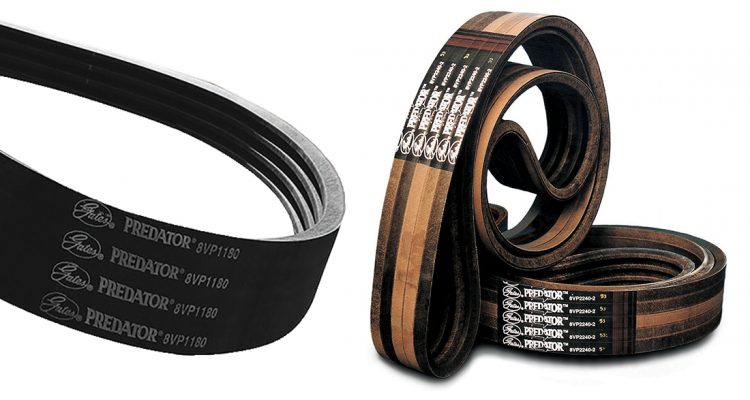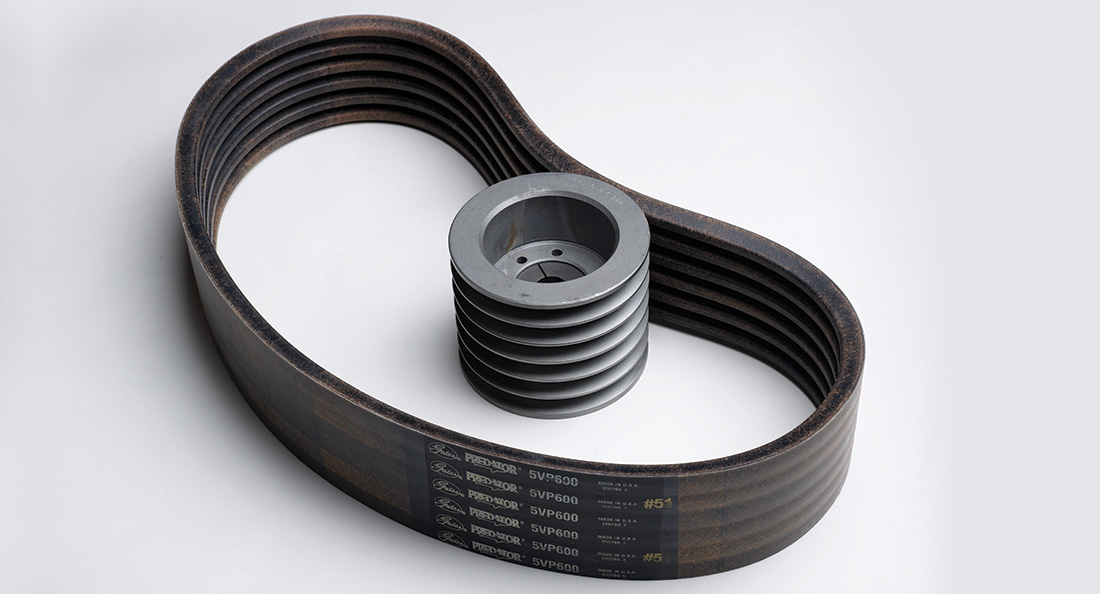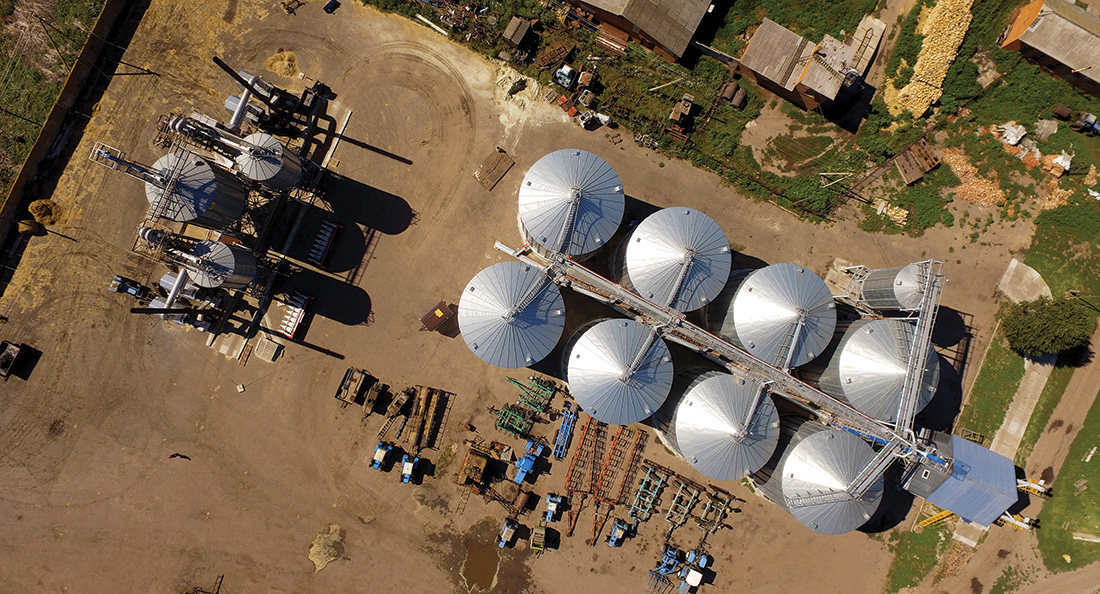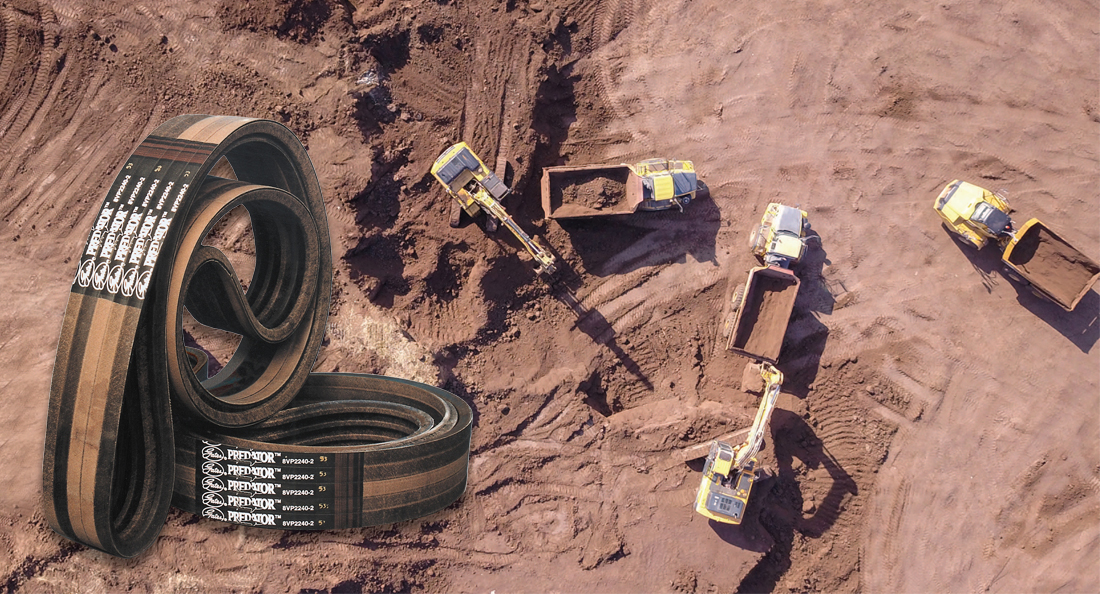A large of part of extractive industry is the process of crushing rock down to a more manageable size to produce valuable raw materials. That said, the crushing process is about as dirty, dusty, and gritty an environment as they come, according to Motion Australia’s Rob Michelson.
Rob has over 30 years of experience working in Power Transmission roles and specialising in belt, gearbox, motor and coupling products. He began his career as a fitter within the mining and quarrying sectors where he did a lot of jobs on crushers. More recently, he stepped into the role as National Product Manager for Belts at Motion Australia —an excellent opportunity for him to put his practical knowledge to use assisting customers with finding the right solutions for their crushing equipment.
The key with crushing applications, says Rob, is to improve reliability. “Downtime is a huge cost to our customers. An hour of downtime can add up to a five-figure cost for some of these customers, so we must look for ways to extend the life of driven parts and reduce the time and costs of maintenance and repairs.”
“There is a lot of heavy vibrations and high impact loads on crushing operations that can really do a number on belted equipment,” he says. “On a standard crusher, there can be up to dozen or more belts transmitting power and torque from the motor to the crusher.”
“Due to severe environment and importance on the crusher process, breakdowns can be costly. So, it’s important to use the most suitable product,” he continues. “A big part of my role is working with mining and quarrying staff on site, or remotely, to implement drive solutions that are tailored toward the harsh conditions on crushing applications.”
The ideal belting solution for this type of application is a high-strength, high-power V-belt, according to Rob. His top choice belt for crushing applications is the Gates® Predator® V-belt, which has been designed specifically to be fit for this purpose.
“The Predator® V-belt provides up to three times greater power capacity than a standard belt, which means three times the power and a reduced overall drive cost,” he explains. “The belts are constructed from a premium, heat resistant, rubber compound that is reinforced with tensile aramid cords to prevent breakage under the force of heavy loads.”
The aramid cords give the Predator® V-belts a lot more strength than the standard polyester cord found in most V-belts, Rob explains.
“The extra strength means it’s a higher-powered belt. Rather than having twelve belts across the pulleys, only half that number of belts could be required,” he notes. “Ultimately this reduces overhung load which aides bearing life, more power is transmitted and there is an increase in the reliability of the equipment.”
When it comes to implementing the Predator® V-belt solutions on site, Rob often works with the Gates® Design Flex™ Pro™ program to assist in performing an equipment analysis.
“The Design Flex™ Pro™ enables us to input the motor power, RPM, and other drive parameters to complete an analysis of a customer’s current drive setup,” he says. “This allows us to pinpoint where potential problems may lie. We also offer direct engineering services support to site to assist with laser alignment and tensioning—offering our customers a complete and concise reliability package.”
“Centralised here in Melbourne, I do a lot of work with Gates® and their head office here,” concludes Rob. “Gates are known to have invented the original V-belt concept and have a long-standing legacy of progressing V-belt designs to their current iteration. It’s a huge advantage for us as an organisation to work with Gates® because they always keep us one step ahead with innovative belting solutions.”




